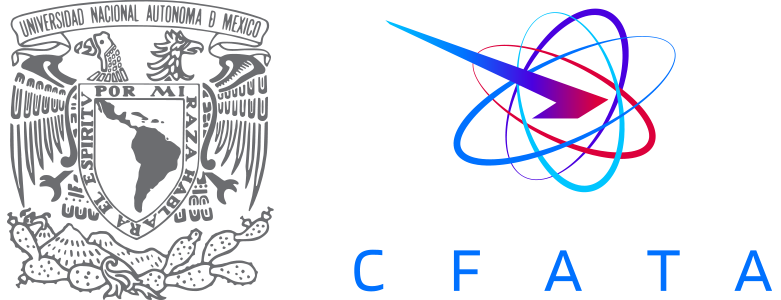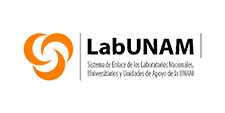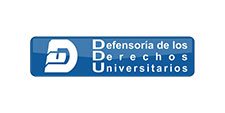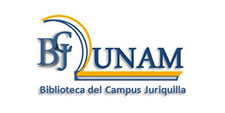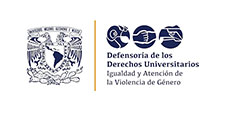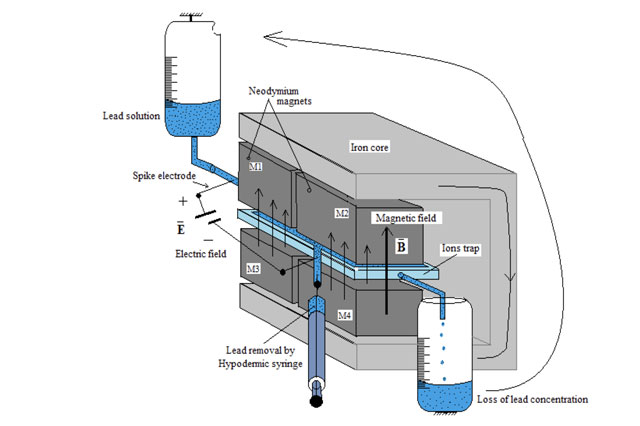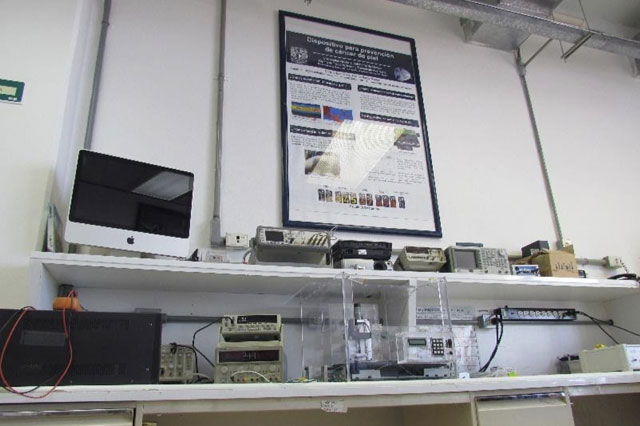Laboratories
CFATA
Our research laboratories are intended to conduct studies and research on highly topical issues.
Learn more about our labs

National Laboratory for Material Characterization

Food physics
This laboratory focuses on studying the physicochemical properties of food such as tortilla, prickly pear and corn. The main objective of this laboratory is to study the physicochemical properties of starch from different sources such as potato, corn, plantain, sorgho, wheat, barley, among others. Exciting work is carried out in the malting process of different seeds for industrial applications in beer and liquours.
If you need more information about the activities carried out by this laboratory, please send the request to the person in charge and we will be glad to provide it.
Head of laboratory:
Mario Enrique Rodríguez García, Ph.D.
marioga@fata.unam.mx
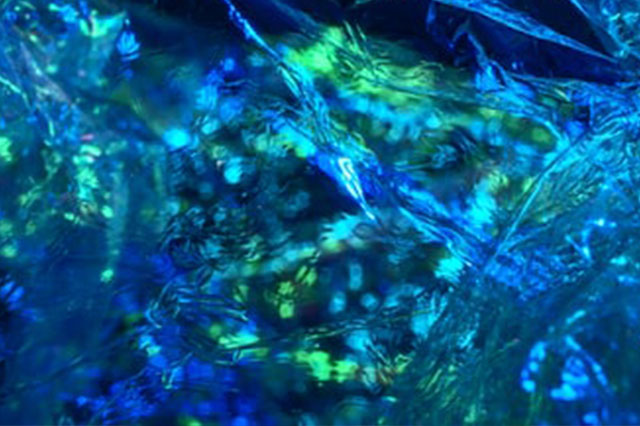
Applied biomaterials
In our laboratory, we carry out research in the area of biomaterials that includes the synthesis, characterization and application of new materials designed to interact with biological systems and the study of their properties. In addition to carrying out various research projects, we work on the training of human resources by supervising undergraduate and postgraduate theses.
Main projects of this laboratory:
- Synthesis and characterization of environmentally friendly polymers to evaluate their applications in biomedicine and contaminant removal.
contaminantes. - Use of phytochemicals from endemic plants in the green synthesis of metallic nanoparticles, to study their antibacterial and antitumor applications and development of electrochemical sensors.
- Use and revaluation of the sargassum that reaches the coast of the Mexican Caribbean.
- Synthesis and characterization of new polymer coatings to prevent corrosion and biofouling in marine environments.
- Synthesis of nanostructured polymeric membranes for use in salt gradient.
Any information related to this laboratory please contact the person in charge.
Head of laboratory:
Miriam Estévez González, Ph.D.
miries@fata.unam.mx
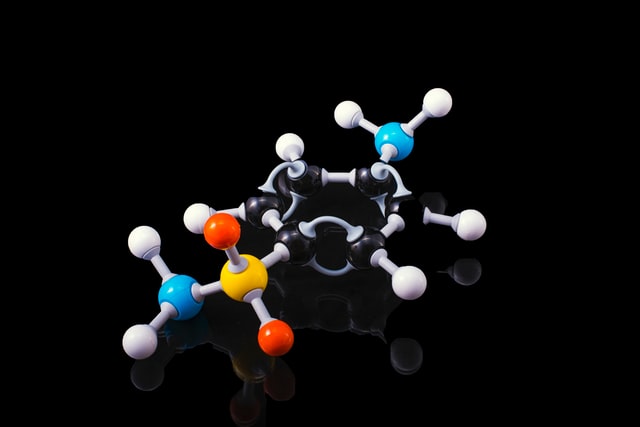
Catalysis
This laboratory focuses on the design and synthesis of nanostructured and mesoporous materials. These can be modified or doped with active phases for heterogeneous catalysis and applied in chemical reactions involving petroleum refining.
Also, tailor-made materials with controlled nanostructure and morphology are developed for specific applications.
Examples of materials:
- Photocatalytic materials for organic compounds degradation.
- Photosensitizers for solar cells
- Photoluminescents for white light generation
Other materials such as mesoporous and nanostructures with specific crystalline structures are developed.
If you need more information about the activities carried out by this laboratory, please send the request to the person in charge and we will be glad to provide it.
Head of laboratory:
Pedro Salas Castillo, Ph.D.
psalas@fata.unam.mx
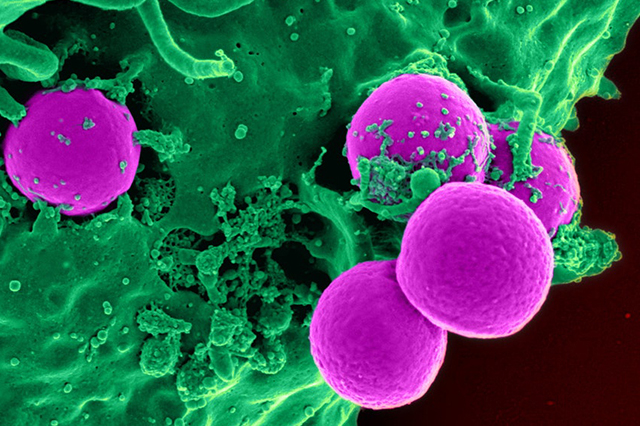
Electrochemistry and Nanostructured Materials
The Laboratory is focused on the research to obtain metallic nanoparticles used as electrocatalysts for the oxidation of different alcohols and the reduction of oxygen used in fuel cells. The synthesis of metallic nanoparticles is carried out by different routes. The catalytic properties of electrocatalysts are evaluated through electrochemical techniques such as: cyclic voltammetry, chronoamperometry and linear sweep voltammetry.
Also, coatings and protection systems against corrosion and biofouling are characterized,
nanomaterials are applied to improve the properties of the coatings. The behavior of materials against corrosion and biofouling is carried out using electrochemical techniques: evolution of the corrosion potential, electrochemical impedance or anodic polarization. The materials are evaluated, as well as their coatings both in an artificial atmosphere and in a marine environment.
If you need more information about the activities carried out by this laboratory, please send the request to the person in charge and we will be glad to provide it.
Head of laboratory:
Rodrigo Esparza Muñoz, Ph.D.
resparza@fata.unam.mx
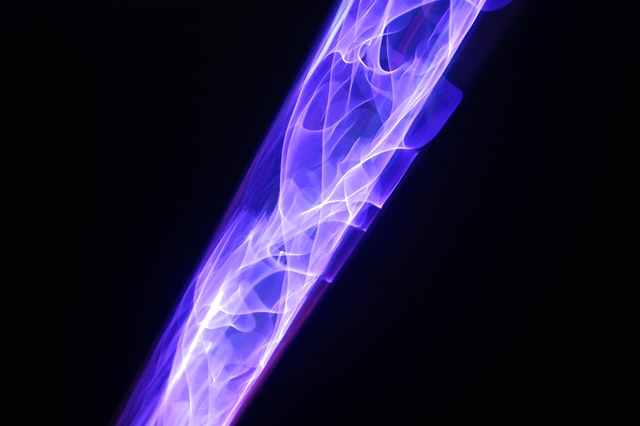
Light scattering
CFATA has a Light Scattering Apparatus that works in the dynamical mode, consequently, this technique is known as Dynamic Light Scattering (DLS).
With this equipment it is possible to determine the particle size and the particle size distribution of particles, in the nano-scale, dispersed or suspended in a liquid.
Because a Laplace inverse transform is involved in the process for size determination, several programs have been developed to overcome this ill- conditioned procedure. The software more used for us is the NNLS (Non Negative Least Squares).
If you need more information about the activities carried out by this laboratory, please send the request to the person in charge and we will be glad to provide it.
Head of laboratory:
Rogelio Rodríguez Talavera, Ph.D.
rogelior@fata.unam.mx
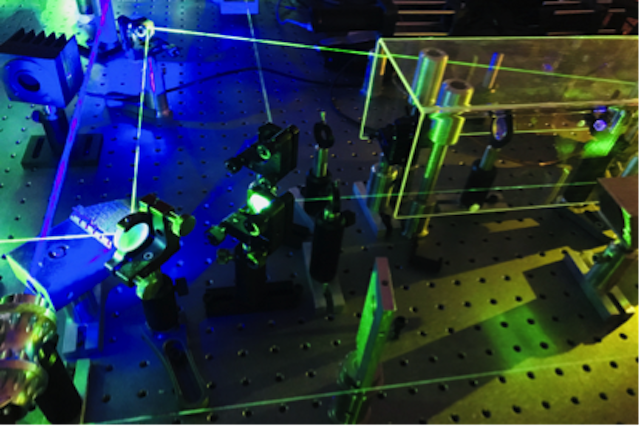
Optics and Photonics
Solar energy is an abundant source of renewable energy. Its use to transform H 2 O and CO 2 , the main by-products of multiple chemical and biological processes, into molecules with a high energy content and particularly for the production of hydrogen, has great potential to solve problems related to the use of this source of energy, constituting in motor of the development of the society and to mitigate the growth of the concentration of CO 2 in the atmosphere with the consequent contribution to the combat of one of the most important global problems: global warming. The research carried out in this area is of great importance for modern society.
Based on these ideas, the Optics and Photonics Laboratory pursues two main goals: the development of knowledge about the photonic processes involved in the transformation of light energy into other useful forms, and the dissemination of scientific culture in the new generations. The phenomena that lead to understanding the processes of absorption, emission and transport of light, mainly in the range from IR to UV, are studied.
Among the infrastructure that the laboratory has, there are sources for the generation of light, means for its transmission and tools for the detection and use of light signals; there are continuous and pulsed sources, the basic infrastructure for the production of plastic optical fibers and optical characterization systems. Optical linear and nonlinear responses can be studied by using ultrafast (femtosecond) lasers, ranging from IR to UV, photonic microdevices can be fabricated, and electro-optical characterization of materials and systems can be performed.
The goals of the lab include:
- The study of photonic processes induced by irradiation with femtosecond lasers
- Research on charge transport processes in interfaces
- The development of sensors of physical and chemical variables by means of photonic tools
For more information about the activities, projects and infrastructure of the laboratory, contact the person in charge
Head of laboratory:
Rafael Quintero Torres, Ph.D.
rquintero@fata.unam.mx
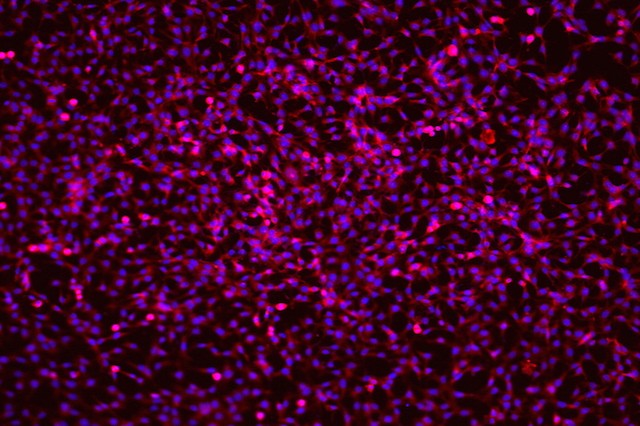
Nanobioptics
Our lab specializes in materials for drug delivery systems (DDS), novel diagnostics and third generation biomaterials. We develop biomimetic, hybrid materials, based on biological and inorganic components. We are also interested in the use of physical methods for controlled drug release, namely in combination with DDS.
Current research projects include:
- Development of novel platforms for tuberculosis diagnostics
- Development of non-viral vectors for vaccination
- Carriers and physical methods for macromolecular drug release
- Cellular interactions with novel biomaterials
If you need more information about the activities carried out by this laboratory, please send the request to the person in charge and we will be glad to provide it.
Head of laboratory:
Luz María López Marín, Ph.D.
lmlm@unam.mx
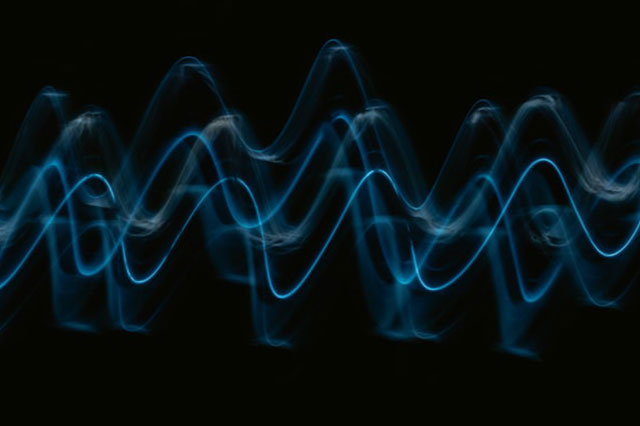
Shock waves
The Shock Wave Laboratory (SWL) was founded in 1987 with the purpose of developing improvements to equipment and methodologies for the pulverization of urinary calculi and gallstones by using shock waves, a non-invasive method called extracorporeal lithotripsy. Later on, the exploration of new bio-medical and bio technological applications of shock waves considerably broadened the scope of our research.
Nowadays, basic and applied research is being conducted in the following fields:
- Genetic transformation of microscopic fungi for the production of enzymes and compounds of interest for the pharmaceutical and food industries.
- Genetic transformation of bacteria, so as to generate organisms for the production of proteins and strains with potential uses in vaccination.
- Application of shock waves for the non-invasive treatment of breast cancer.
- Use of shock waves for the introduction of nanoparticles and genetic material into human cells.
- Extraction of compounds, such as phenolic acids, flavonoids and carotenoids from algae and plants using shock waves.
- Study of acoustic cavitation generated by shock waves passing through fluids, and their effects on matter.
- Design and construction of innovative shock wave generators in order to enhance efficiency and to reduce time of clinical treatments.
- Application of extracorporeal shock waves to increase osteoclastic and osteoblastic activity of the cortical bone, in order to stimulate bone remodeling.
For these being multi-disciplinary projects, a close collaboration between physicists, biologists, biomedics, chemists, engineers, veterinarians, odontologists and physicians from different specialties is needed. Most of the projects are conducted with the collaboration of students and researchers from other CFATA laboratories, from other research centers or institutes from UNAM as well as from national and foreign universities. In addition to the research work and to the academic training of students from many programs and levels, the SWL qualifies physicians and physiotherapists. Finally, it is worth mentioning the growing participation in international committees for the regulation of the use of shock waves in medicine.
If you need more information about the activities carried out by this laboratory, please send the request to the person in charge and we will be glad to provide it.
Head of laboratory:
Dr. Achim Loske Mehling
loske@fata.unam.mx
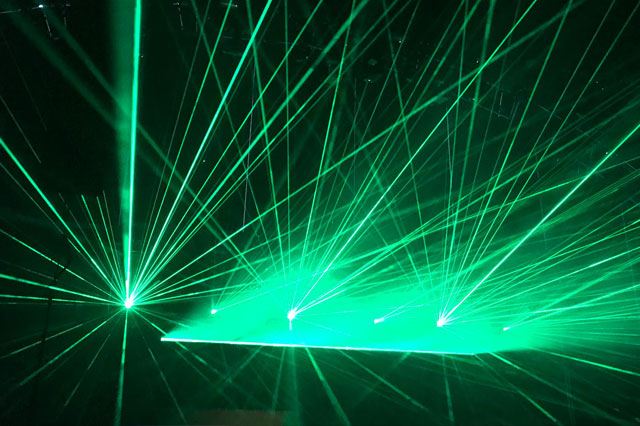
Lasers
Stability experiments on tunable pulsed lasers are carried out in this laboratory.
Some of the most important contributions of the laboratory have been:
- The study of the titanium-sapphire family.
- Obtaining a LiSAF laser with stable pulses for nonlinear refractive index measurements of materials
In our laboratory it is possible to characterize materials by electrochemical methods. Titanium oxide, a nanostructured material, and the production of metals by various methods (electroless, substitution, and electrodeposition) have been studied mainly by means of impedance spectroscopy curves and voltage cycles.
In addition, nonlinear dynamics experiments are carried out, through the characterization of metal-electrolyte interfaces and the systematic analysis of the oxidation of valve metals (highly nonlinear interfaces).
If you need more information about the activities carried out by this laboratory, please send the request to the person in charge and we will be glad to provide it.
Head of laboratory:
Rafael Quintero Torres, Ph.D.
rquintero@unam.mx

Thin films
The main objective of this laboratory is to develop new materials in the form of a thin layer, with thicknesses ranging from 100 nm to tens of microns.
To achieve this, the laboratory has high-tech equipment that allows the production of thin films of metal oxides, namely ceramic materials, from liquid precursors.
The equipment uses the Chemical Vapor Deposition (CVD) technique and injects the precursor using injectors, by means of pulses, typically two pulses per second.
Some coatings obtained are:
- cobalt oxide,
- titanium dioxide,
- diamond,
- carbon nanotubes.
Experiments are currently being carried out with cobalt films, in order to use them as a support to form monolayers of graphene.
If you need more information about the activities carried out by this laboratory, please send the request to the person in charge and we will be glad to provide it.
Head of laboratory:
Luis Miguel Apátiga Castro, Ph.D.
apatiga@unam.mx
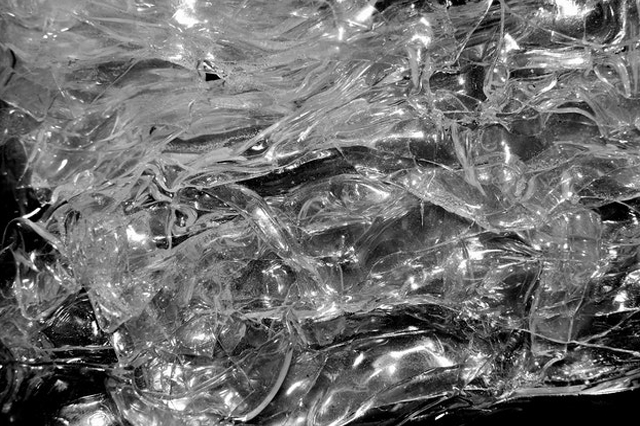
Polymers
In this laboratory we are focused on developing strategies framed within the Green Chemistry principles to synthesize polymers and biocompatible and biodegradable polymeric materials. This is possible thanks to the use of chemical processes in sustainable media based on deep eutectic solvents (DESs).
Through the application of DESs as sustainable solvents, it is possible to valorize biomass and integrate biopolymers and nanoparticles into bioinspired, hierarchical, and macroporous nanocomposites. These materials are applied for tissue engineering, fabrication of the next generation of flexible devices, and selective separation and filtration processes.
If you need more information about the activities carried out by this laboratory, please send the request to the person in charge and we will be glad to provide it.
Head of laboratory:
Josué David Mota Morales, Ph.D.
jmota@fata.unam.mx
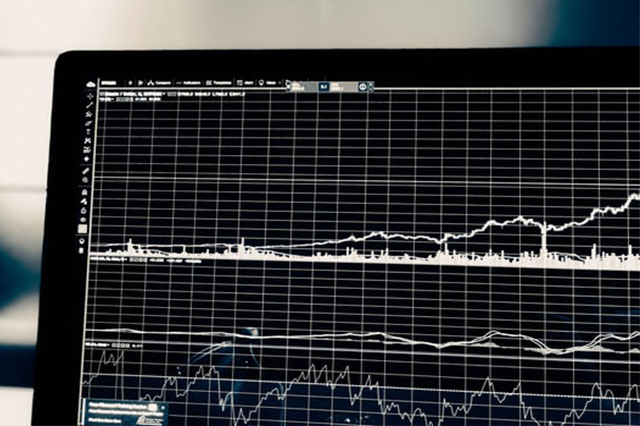
Radiometry
This laboratory is focused on the study of the optical, thermal and photothermal properties of semiconductor materials and one dimensions photonics devices based on porous silicon. Part of this laboratory is also focused on the photothermal images of carrier distribution on semiconductor.
If you need more information about the activities carried out by this laboratory, please send the request to the person in charge and we will be glad to provide it.
Head of laboratory:
Mario Enrique Rodríguez García, Ph.D.
marioga@fata.unam.mx
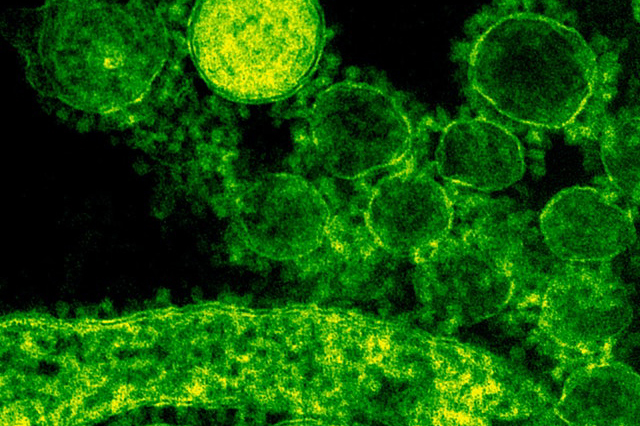
Synthesis of nanoparticles
In this laboratory, nanoparticles (NPs) of organic polymers and inorganic NPs are synthesized.
The former are obtained by polymerization in aqueous disperse media, mainly by emulsion polymerization. In these techniques, polymerization is carried out mainly via free radicals, so that in addition to controlling the particle size distribution, it also allows controlling the microstructure. In this way, NPs with ad hoc characteristics can be synthesized for various applications such as paints, coatings and water-based adhesives, biomedical applications, etc.
Regarding the synthesis of inorganic NPs, materials with photovoltaic characteristics of the Cu 2 -II-IV-(S,Se) 4 type are obtained for the realization of thin-film solar cells.
If you need more information about the activities carried out by this laboratory, please send the request to the person in charge and we will be glad to provide it.
Head of laboratory:
Jorge Herrera Ordoñez, Ph.D.
jorge_ho67@fata.unam.mx
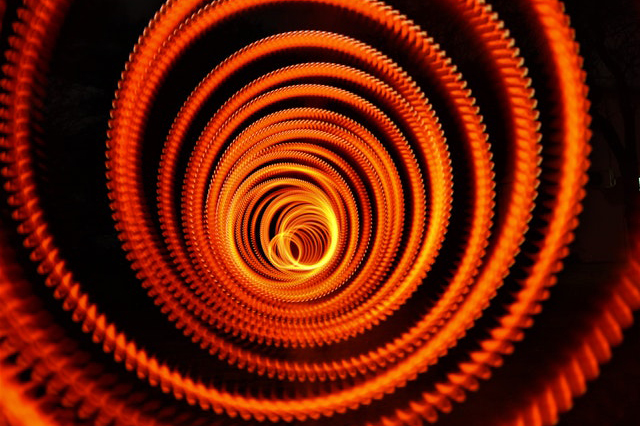
Ultrasonics
Our laboratory focuses mainly on these activities:
- Measurement of the speed of sound in different materials.
- Development of acoustic transmitters and receivers for different frequencies.
- Development of curator technology to prevent damages in paintings on gypsum.
- Study of different woods and their use in the manufacture of musical instruments.
The laboratory provides support for the measurement of mechanical properties and in determining the correlation of acoustic properties in wood with its anatomical properties.
As part of this research, it is possible to study the influence of climate on the acoustic properties of guitars. We are currently working on materials that try to simulate cases with negative Poisson's modulus.
If you need more information about the activities carried out by this laboratory, please send the request to the person in charge and we will be glad to provide it.
Head of laboratory:
Miguel de Icaza Herrera, Ph.D.
icaza@fata.unam.mx

Instrumentation and development
In this laboratory, research and technological development are carried out in the area of advanced electronic instrumentation, applied to the characterization, analysis and processing of materials.
Electrical measurements and tests are carried out on different materials and sensors, such as electromagnetic, piezoelectric and bioelectronics. High-resolution digital instruments and interfaces are used to data acquisition.
Models of the electrical and dielectric behavior of these materials are developed, based on tests of ionic and electronic conductivity, as well as electrical and electrochemical impedance, which have been applied to the characterization of piezoelectric materials and organic solar cells (DSSC).
Likewise, classic and intelligent control algorithms are designed and implemented in programmable electronic circuits for the processing and recording of data from mechatronic 3D printing systems, automated materials processing and health monitoring devices.
Currently, experimental prototypes applied in health areas have been developed:
- Mechatronic knee system for biomechanical testing of synthetic menisci.
- Electromagnetic deflection system to extract heavy ions from the circulatory system due to poisoning by lead, mercury, etc.
- Portable digital system (gadget type) for detecting and recording ultraviolet radiation from sun exposure, on the UVI scale (WHO) to prevent skin cancer (patent No. 344351, IMPI).
If you need more information about the activities carried out by this laboratory, please send the request to the person in charge and we will be glad to provide it.
Head of laboratory:
Domingo Rangel Miranda, Ph.D.
ranged@fata.unam.mx
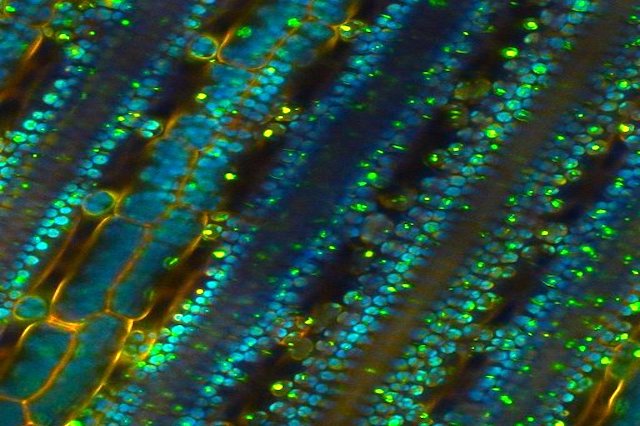
Biophotonics
In the biophotonics lab, the interaction of light with biological material is studied and exploited. This is an interdisciplinary space where optics and photonics, cell biology and engineering converge.
The laboratory is dedicated to developing novel experimentation both for its own research in the area of cell biology with biomedical applications, and for establishing collaborations with other research groups.
Project examples:
- Effects of an infrared laser on cell membrane fluidity
- Optical guidance of cell extensions
- Development of optical tweezers for confocal microscopy
- Development of optical tweezers for confocal microscopy
If you need more information about the activities carried out by this laboratory, please send the request to the person in charge and we will be glad to provide it.
Head of laboratory:
Remy Avila Foucat, Ph.D.
remy@fata.unam.mx
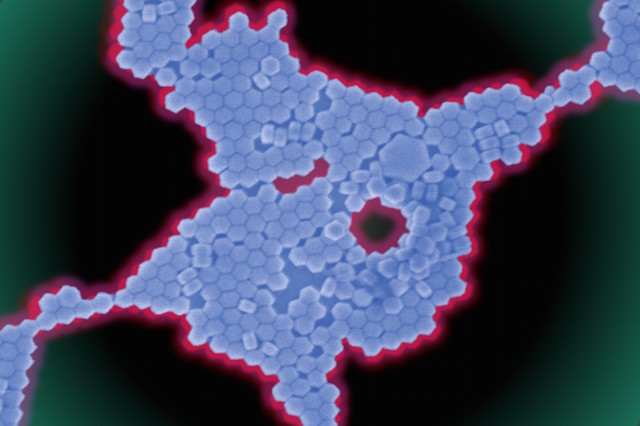
Biofunctional Nanomaterials
This laboratory is committed to making transformative discoveries related to nanomaterials for biomedical applications with special interest in biosensors, detection and treatment of diseases, and in the evaluation of their interactions with varied biological interfaces.
Our daily activities involve the design of new functional materials, the planning and execution of synthetic methods for their manufacture, chemical, spectroscopic and structural characterization, and the evaluation of their activity in physiologically relevant systems that range from macromolecules to higher organisms.
Some ongoing projects:
- Luminescence-based sensors for the determination of emerging contaminants and monitoring of plant and human health.
- Novel magneto-luminescent nanosystems for biomedical imaging.
- Elucidation and control of nanoparticle-protein interactions involved in protein corona and macromolecular recognition.
- Fundamental study of resonance energy transfer in nanostructures.
- Light, pH, temperature or redox stimuli responsive systems for controlled release of drugs.
- Nanoparticle-metal-organic complexes for photodynamic and photothermal therapies.
If you wish to join our lab or require further information, please do not hesitate to contact us.
Head of laboratory:
Gonzalo Ramírez García, Ph.D.
gonzalo.ramirez@fata.unam.mx
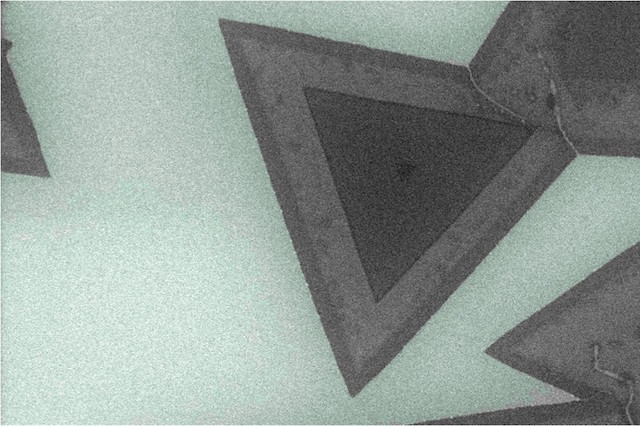
Materials 2D
Our lab is engaged in research of synthesis, the study of recombination phenomena, and the applications of two-dimensional materials in electrical and optoelectrical devices.
We use Chemical Vapor Deposition (CVD) to synthesize two-dimensional semiconductors, including the synthesis of Van Der Walls type heterostructures (lateral and vertical). Likewise, we study the excitonic processes of these heterostructures by photoluminescence. Finally, we design and develop micro-devices with optoelectronical applications based on the structural and optical properties.
Some of the current projects in the laboratory are:
- Synthesis and phase engineering of different transition metal dichalcogenides (MoS2, WS2, WTe2, MoSe2, WSe2, MoTe2)
- Synthesis of Van Der Walls type heterostructures between two- dimensional semiconductors materials
- Development of photodetectors in different spectral ranges (visible, infrared, and THz)
In collaboration with national and international institutions:
- Single photon emitters in two-dimensional planar heterostructures
- Exciton-photon coupling in two-dimensional materials
If you need more information about the activities carried out by this laboratory, please send the request to the person in charge and we will be glad to provide it.
Head of laboratory:
Andrés de Luna Bugallo, Ph.D.
aluna@fata.unam.mx

Inteligencia Artificial
Nuestras investigaciones están intrínsecamente vinculadas a la concepción y ejecución de algoritmos avanzados para enfrentar desafíos de naturaleza compleja. Sin embargo, también buscamos la implementación práctica de nuestros algoritmos en aplicaciones móviles y dispositivos electrónicos portables de propósito especial.
Algunos de nuestros proyectos son:
- Reconstrucción de modos espaciales para protocolos de comunicación usando inteligencia artificial.
- Algoritmos de inteligencia artificial para el modelado y análisis de sistemas dinámicos y su implementación en circuitos electrónicos.
- Desarrollo e integración de algoritmos de inteligencia artificial en cámaras para el reconocimiento de patrones espaciales de luz.
If you need more information about the activities carried out by this laboratory, please send the request to the person in charge and we will be glad to provide it.
Head of laboratory:
Dr. Mario Alan Quiroz Juárez
maqj@fata.unam.mx

NanoSensores Biofotónicos
If you need more information about the activities carried out by this laboratory, please send the request to the person in charge and we will be glad to provide it.
Head of laboratory:
Dr. Eden Morales Narváez
eden@fata.unam.mx
